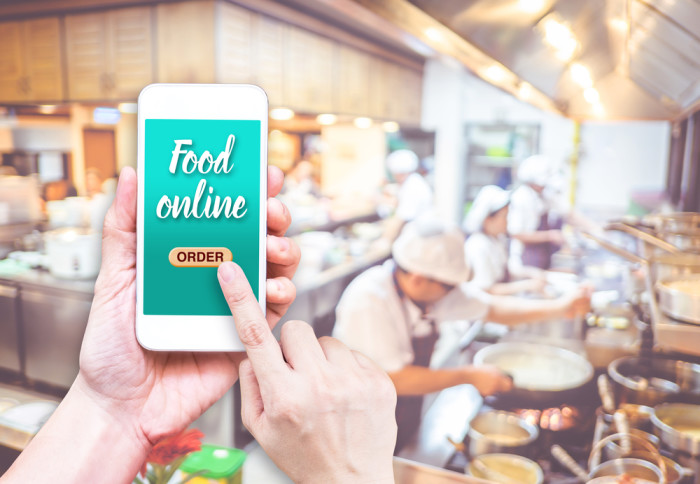How Mobile Apps Serve the Restaurant Business

One of the most frustrating things about running a restaurant has to be the dramatic fluctuations in customer attendance. One minute you’re standing around, trying to stay busy – the next minute you’re overwhelmed with an influx of customers who vastly outnumber your staff. Sometimes (during holidays, for instance) it’s easy to predict these spikes in business, but other times it isn’t.
This is just one of the many pain points that can be simply addressed with mobile technology. Everything from ordering to billing is streamlined, with mobile apps that perform a number of functions to help both restaurants and their customers. And app building is no longer a process that requires teams of expert developers. Modern systems enable business owners and startups to build apps using simple WYSIWIG (‘what you see is what you get’) interfaces, and some platforms even allow users to apply their own branding to white label templates and then market them as their own proprietary apps.
Smartphones now make up the vast majority of mobile devices, and it’s been predicted that there will be around six billion smartphone connections by the year 2020. It’s also estimated that users are spending most of their time on smartphones using apps, which explains why apps are popping up everywhere to address various needs. And it’s no surprise that many apps are also being created in the service industry to help serve both customers and business owners.
Why Restaurant Apps are Catching On
1) Customers can set up reservations on their mobile devices.
Convenient scheduling by way of mobile apps makes it easy on customers who are looking for a place to eat, as well as businesses that are trying to manage their establishment most efficiently.
2) Ordering online is simple with mobile technology.
The ability to order online changed the food service industry forever. And now that that service is essentially moving into the mobile space, more customers will be empowered to place orders remotely and from the convenience of their mobile devices.

3) Billing is more convenient than ever before.
Billing can get very complex, and restaurant billing is notoriously problematic. Given the rise of electronic funds transfers, various payment platforms make for a diverse marketplace in terms of payment options. But now that mobile apps can take care of everything from separating a bill to calculating a tip, it’s much easier to have a positive dining experience without the interruption of billing confusion.
4) Customer engagement is semi-automated.
Food service marketing used to rely on a lot of physical media. Promotions used to be conveyed to potential customers through mailed out pamphlets and flyers, with some businesses even going to the extent of erecting freeway billboards. Now, with all our eyes virtually glued to our mobile devices, much of this engagement takes place over social media apps, which can be synchronized with restaurant and dining apps to receive notifications of deals and specials.
5) Entrepreneurs compete to cultivate ease and convenience.
If your app can help a business’s bottom line, then it can also help yours. You just need to genuinely address an issue or set of issues – or improve upon the solutions that already exist. There is plenty of room for innovation in food service technology, and new mobile app designing platforms offer users a system that not only guides them through their app development, but also helps with publication, distribution and monetization of the product as well.
Conclusion
Mobile technology is empowering the food service industry to create dining experiences that are amazing, yet simple and convenient. There are plenty of services that will guide you through the app building process. Whether you own or manage a restaurant, or simply just want to make an app; resources are available to inaugurate you and your business into the exciting and growing world of food service technology.
